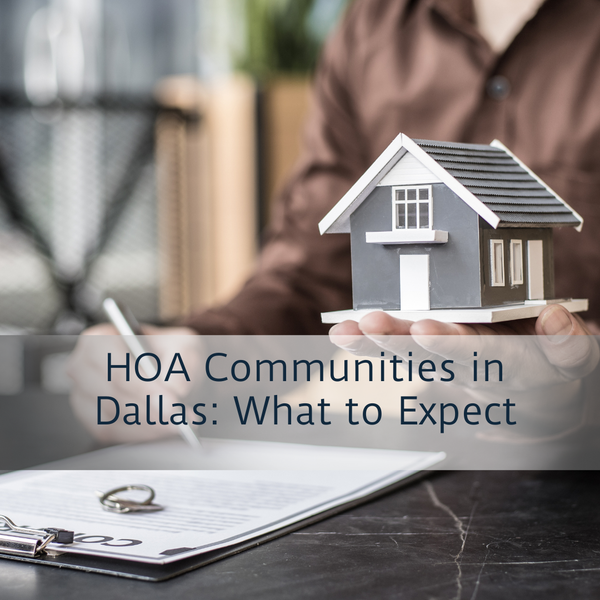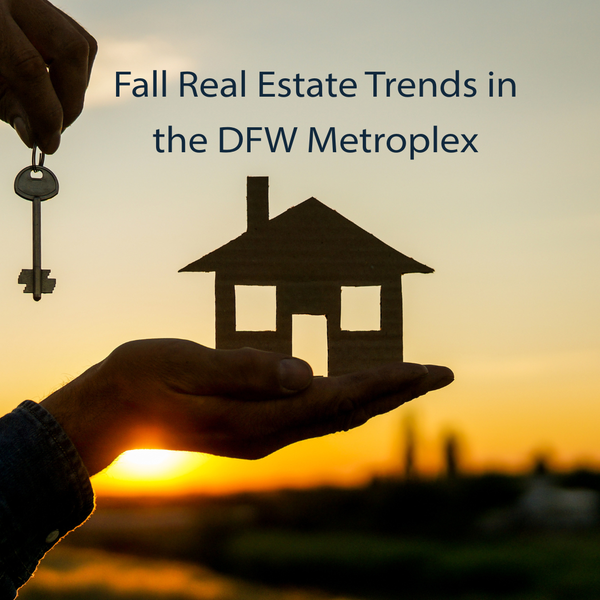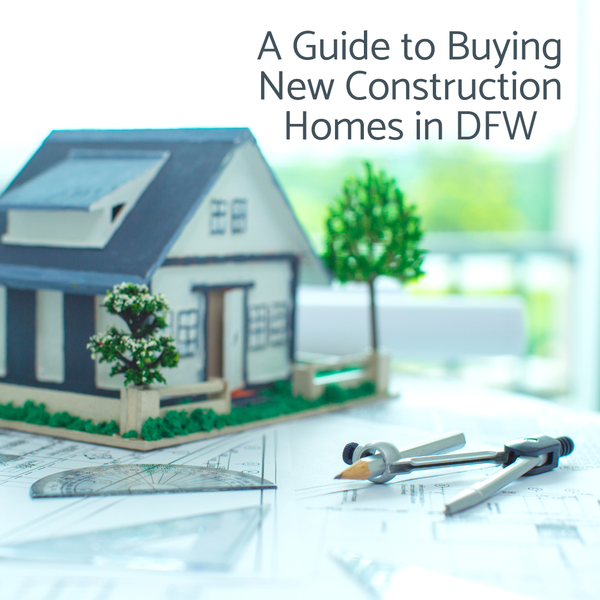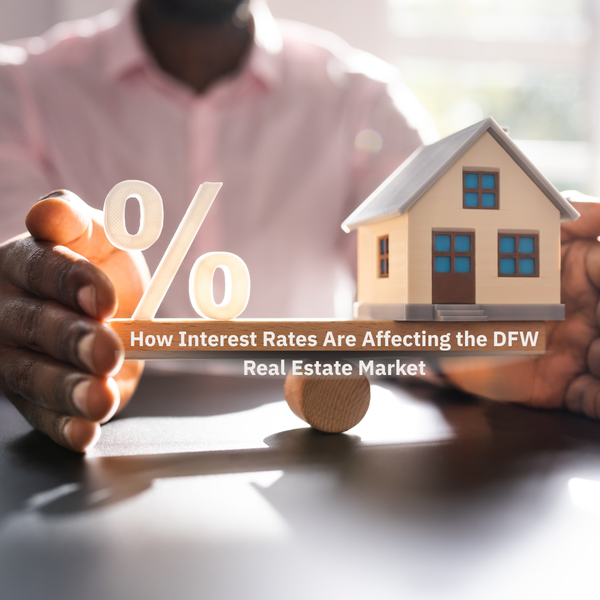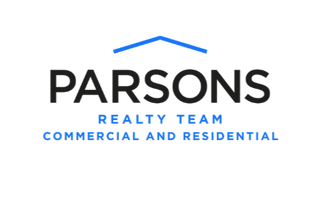How Interest Rates Are Affecting the DFW Real Estate Market
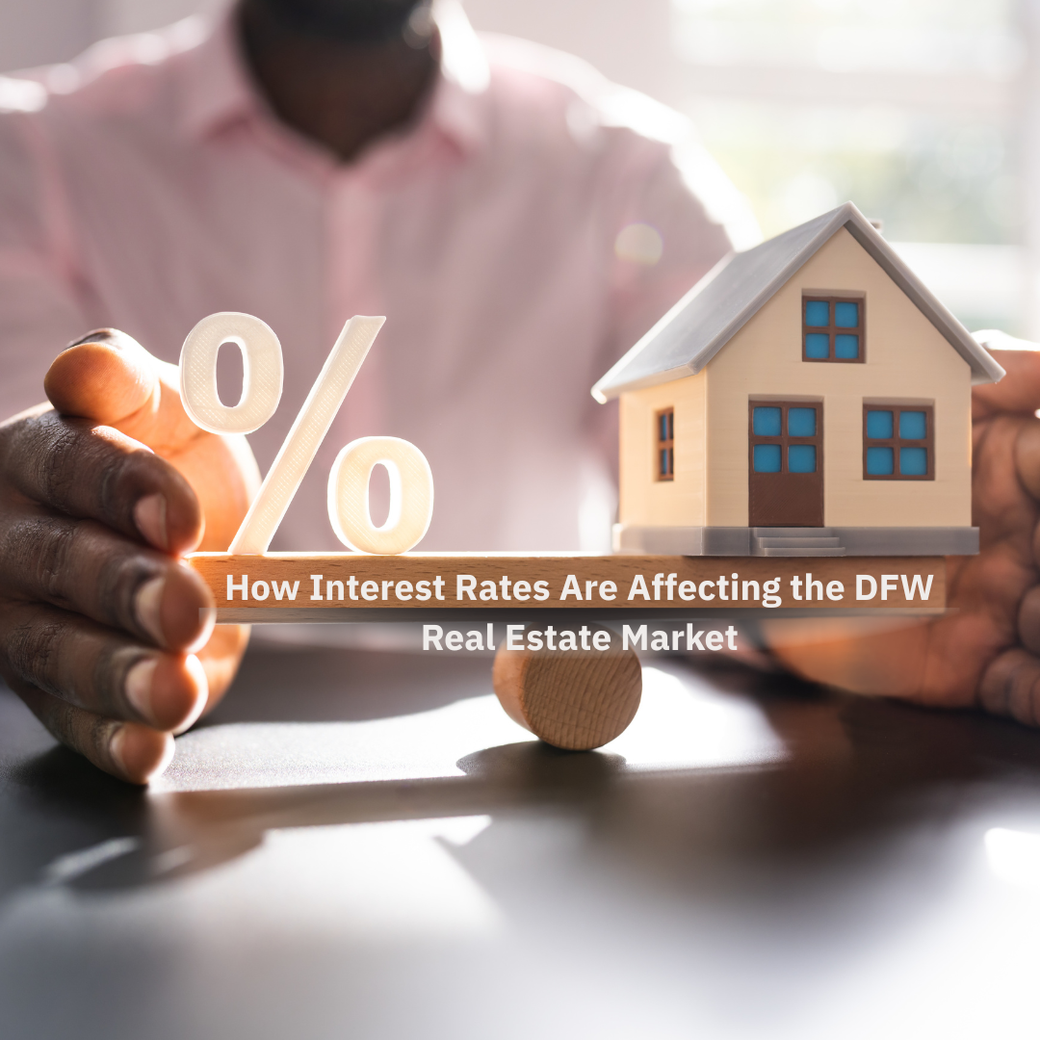
How Interest Rates Are Affecting the DFW Real Estate Market
If you’ve been keeping an eye on the Dallas-Fort Worth (DFW) real estate market lately, you’ve probably noticed that things are shifting. The culprit? Interest rates. Whether you’re a first-time homebuyer, a seasoned investor, or just curious about what’s happening in North Texas, understanding the connection between interest rates and the housing market can help you make smarter decisions. Let’s break down what’s happening, why it matters, and what it could mean for you.
Interest Rates: The Market’s Invisible Hand
Think of interest rates as the thermostat for the housing market. When rates are low, buying power increases—people can afford bigger homes, and demand soars. But when rates rise, that monthly payment creeps up, cooling things off as buyers and sellers adjust their expectations.
What’s Happening in DFW?
Over the past year, the Federal Reserve has raised interest rates to combat inflation. As a result, mortgage rates in DFW have climbed to levels not seen in over a decade. According to recent data, the average 30-year fixed mortgage rate hovers around 7%, compared to the sub-4% rates buyers enjoyed just a few years ago.
This jump has created a ripple effect throughout the DFW market:
- Slower Sales: Higher rates mean higher monthly payments, which can price some buyers out of the market. Sales volume has slowed, and homes are sitting on the market a bit longer than during the frenzy of 2021-2022.
- Price Adjustments: While DFW remains a desirable area, sellers have had to temper their expectations. Price growth has cooled, and we’re seeing more price reductions than in recent years.
- Inventory Shifts: Some homeowners, locked into low mortgage rates, are choosing to stay put rather than trade up and face higher payments. This "rate lock" effect is keeping inventory tighter than you might expect, even as buyer demand softens.
Who’s Feeling the Impact?
First-time buyers are feeling the pinch as their buying power shrinks. A home that seemed affordable last year may now be out of reach. Move-up buyers are weighing the pros and cons of higher rates versus staying in their current homes. Investors are recalculating returns, as higher borrowing costs eat into profits.
Silver Linings in a Changing Market
It’s not all doom and gloom. For buyers who can afford today’s rates, there’s less competition and more room to negotiate. Sellers willing to be flexible on price or offer concessions can still attract motivated buyers. And with DFW’s strong job market and population growth, long-term fundamentals remain solid.
Looking Ahead: What Should You Do?
- Buyers: Shop around for the best mortgage rates, and consider working with a local lender who understands the DFW market. If you find a home you love and can afford it, remember: you can always refinance if rates drop in the future.
- Sellers: Price your home realistically and be prepared to negotiate. Highlight what makes your property stand out, and consider offering incentives like rate buydowns or closing cost assistance.
- Investors: Focus on properties with strong rental demand, and run your numbers carefully. The DFW market’s resilience makes it a long-term bet, but patience and flexibility are key.
Final Thoughts
Interest rates may be the talk of the town, but they’re just one piece of the puzzle. The DFW real estate market is adapting, not collapsing. By staying informed and working with trusted local experts, you can navigate these changes with confidence—whether you’re buying, selling, or simply watching from the sidelines.
Recent Posts

